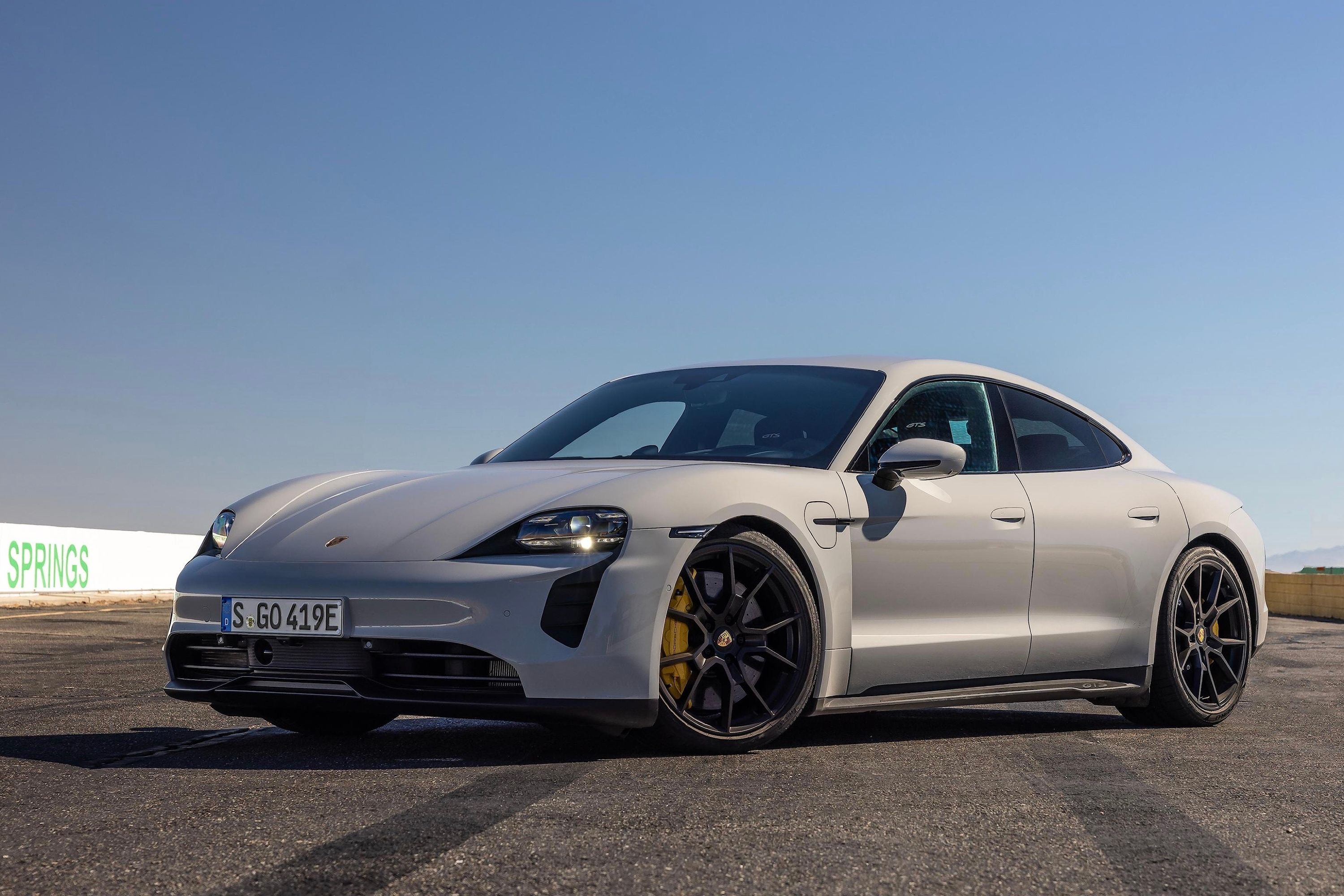
Formula E and the Federation Internationale de l'Automobile (FIA) recently unveiled the third-generation Formula-E cars in Monaco.
These cars will compete in the ninth season of the Formula E season, which kicked off on January 28. The manufacturer's teams include Mahindra, Mercedes, Maserati, Porsche, Nissan, Jaguar, DS, and Nio. Other teams include the all-American Avalance Andretti, Dragon/Penske Autosport, Envision Racing, and Rokit Venturi.
The third-generation cars represent the most significant leap forward so far. As you can see, the aerodynamic changes are pretty substantial, but these were never meant to be downforce cars.
The new EV racing cars have been optimized for street circuits, so the launch took place during the sixth race of the 2021/2022 season.
On the performance side, these are the fastest Formula E cars yet. The top speed will be over 200 mph, but that's not the most important news. The third-gen vehicles will have a new powertrain located on the front axle for the first time.
These cars now have a 250-kW front powertrain and a 350-kW one at the rear. The total is 600 kW or roughly 800 hp.
Unfortunately, the power output is still capped at roughly 470 hp. Still, Formula E cars are mightily fast, as you can see in this drag race between an Audi RS e-tron GT (an already stupid fast road car) and an older Formula E car.
The new front powertrain exists to enhance the regenerative braking ability. More than 40 percent of the energy used in a race will come from the regenerative braking system. And the 600 kW of charging capacity is 250 kW more than a Porsche Taycan, which recently crossed America using just 2.5 hours of charging.
Unlike Formula 1, the sustainability factor plays a considerable role in Formula E. The FIA has gone to great lengths to make these cars greener than ever before.
The batteries are made of sustainably-sourced materials, and the packs will be reused or recycled at the end of the season. The bodywork is recycled carbon fiber, which is a first for a formula car. Natural rubber and recycled fibers make up 26 percent of all the tires used, and the tires will be fully recycled after racing. All suppliers are also expected to reduce their environmental impact if they want to participate in the sport.
"Both technologically and environmentally, Gen3 sets new standards in the sport. The FIA and Formula E development teams have done a superb job, and I thank them for their hard work on this project. I am delighted to see so many leading manufacturers already signed up to the championship's next era and await Gen3's competitive debut in Season 9 with great anticipation," said FIA president Mohammed Ben Sulayem.
